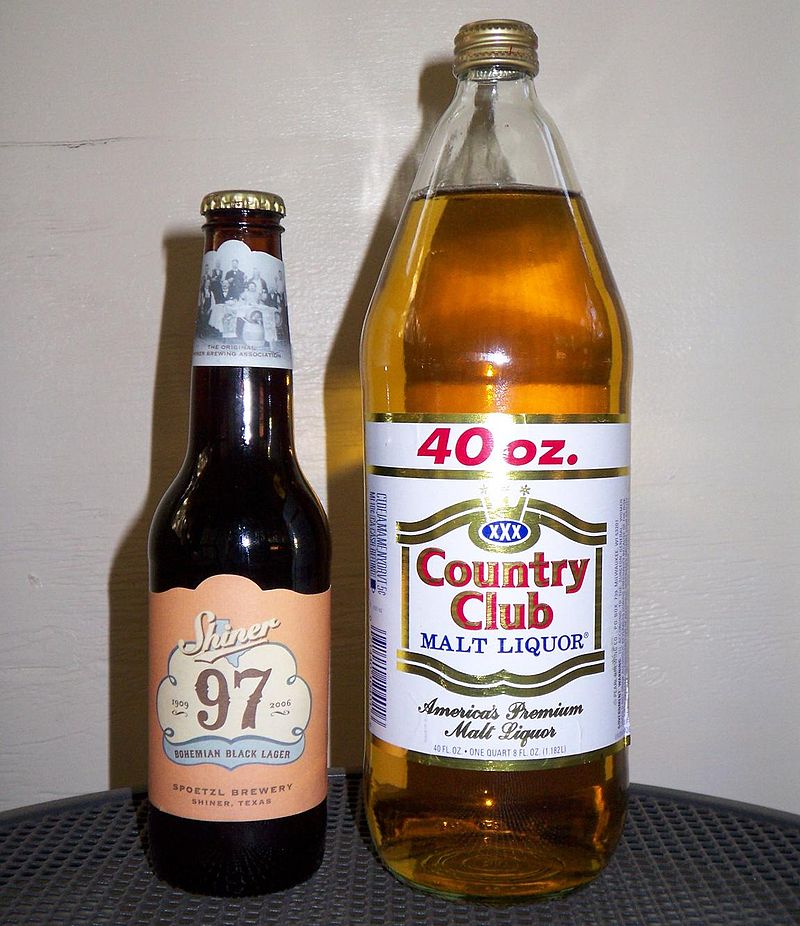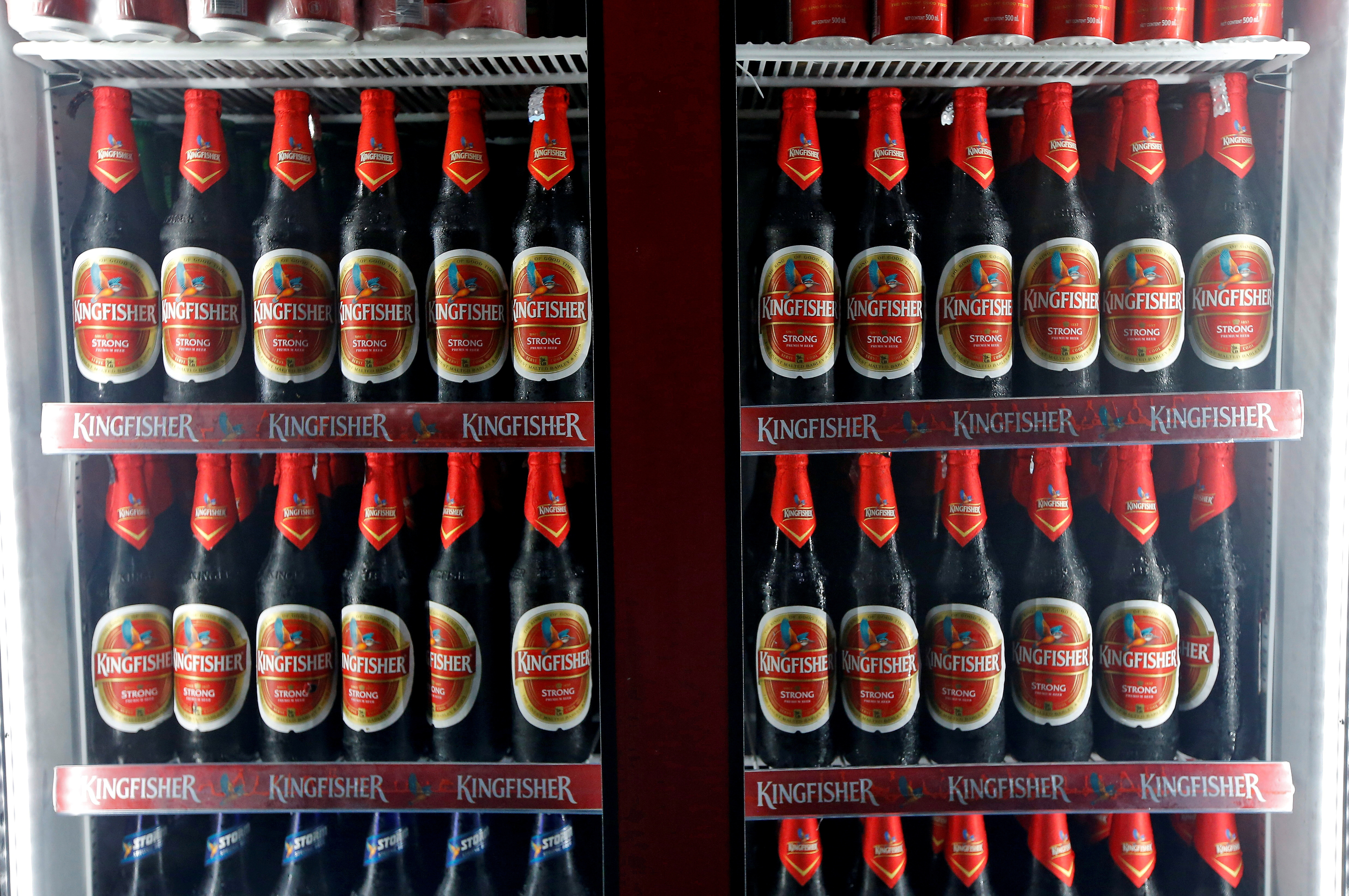Seawall Bar: Top-Rated Beachfront Night Clubs in Galveston
Wiki Article
Distillery Dynamics Revealed: a Trip Through the Science and Art of Spirits Production
As the drapes are withdrawed on the elaborate globe of distillery characteristics, an interesting realm emerges where scientific research and art merge to produce the spirits we appreciate. Behind the shut doors of distilleries exist keys waiting to be unwinded, from the meticulous chemistry of distillation to the delicate dance of yeast in fermentation. The marriage of custom and development in spirits manufacturing introduces a tapestry woven with strings of craftsmanship and technical advancements. Join us on a journey with the heart of distillation, where each decrease of spirit tells a story of proficiency and passion, promising a deeper understanding of the alchemy that changes grains and fruits into the liquid gold we raise in a salute.The Chemistry of Purification
The chemistry of distillation, a fundamental procedure in the manufacturing of spirits, entails the splitting up of elements based on their various boiling points. This procedure depends on the concept that each element in a liquid blend has a special boiling factor, enabling their private extraction. When warmth is put on the combination, the part with the most affordable boiling point will certainly vaporize first, rising through the still and at some point condensing back into fluid form. This distilled fluid, called the "heart cut," consists of the wanted alcohol content and taste substances.Throughout purification, three major fractions are obtained: the "heads," which consist of unstable substances and greater alcohols that can be dangerous if eaten in large amounts; the "hearts," the prized part with the preferred ethanol and taste account; and the "tails," which are composed of larger substances and fusel alcohols. Proficient distillers should meticulously keep an eye on the temperature and circulation prices to separate these portions efficiently, making sure a top notch final item. The chemistry of purification is a delicate interplay of warmth, vaporization, and condensation that changes a simple liquid blend right into a complex and fine-tuned spirit.
Artisanal Workmanship in Spirits Making
Amidst the world of spirits production, artisanal craftsmanship plays a crucial role in elevating the quality and personality of distilled drinks (Seawall Bar). Artisanal craft distillers focus on small, hands-on production techniques, commonly making use of conventional methods that have been passed down with generations. These specialized artisans and ladies focus on high quality over quantity, paying precise interest to every step of the distillation processArtisanal craftsmanship in spirits making includes a deep understanding of the raw materials utilized, such as grains, fruits, or botanicals, and how their characteristics influence the last item. From picking the finest components to very carefully keeping an eye on aging, distillation, and fermentation, craftsmens instill their spirits with passion and competence.
Moreover, artisanal craft distillers usually welcome trial and error and innovation, pushing the limits of conventional spirits production. They might introduce unique taste profiles by incorporating in your area sourced components or utilizing imaginative aging methods. This commitment to creative thinking and excellence lead to spirits that are not only of extraordinary high quality but likewise display the artistry and originality of the distiller.
Innovations in Aging Techniques

One famous development getting traction is the use of smaller barrels for maturing spirits. By enhancing the surface area area-to-volume ratio, smaller sized barrels give tastes much more rapidly, bring about a much more intense growth process. This method is specifically preferred amongst craft distillers looking for to produce top quality spirits in a much shorter timeframe.
In addition, distillers are increasingly turning to alternate timber types, such as cherry or acacia, to give distinctive flavors to their aged spirits. These unique timbers offer a distinct taste profile, setting their products apart in a competitive market.
In addition, improvements in technology have allowed distillers to explore accelerated aging approaches, such as ultrasound or temperature level and pressure variations. These strategies permit accurate control over the aging procedure, leading to ingenious taste accounts that press the boundaries of conventional spirits manufacturing.

The Role of Yeast in Fermentation
An essential element of the fermentation procedure in distilling is the duty played by yeast. Yeast, a single-celled bacterium, is essential in transforming sugars right into alcohol and carbon dioxide during fermentation. In the context of distilling spirits, yeast plays a crucial role in the production of ethanol, which is the key alcohol in many alcohols.Yeast achieves this through the process of anaerobic respiration, where it metabolizes sugars such as sugar and fructose right into ethanol and carbon dioxide. Different stress of yeast can give one-of-a-kind flavors and fragrances to the last spirit, contributing to the complexity and character of the distilled item. Distillers carefully choose yeast stress based on their wanted taste account and fermentation features.
The fermentation procedure can last anywhere from a couple of days to a few weeks, relying on aspects such as yeast sugar, temperature level, and stress web content. Surveillance and controlling the fermentation process are vital to make sure ideal yeast activity and alcohol production. On the whole, yeast is a basic gamer in the alchemical improvement of raw ingredients into the spirited elixirs delighted in by customers worldwide.
Sustainable Practices in Distilleries
Distilleries are significantly recognizing the Breweries in Galveston Texas importance of embracing environmentally friendly measures throughout the manufacturing procedure. Distilleries call for considerable quantities of water for various stages of production, and implementing water recycling systems or making use of rain harvesting techniques can significantly minimize water usage and lessen the distillery's overall ecological impact.Furthermore, lasting energy resources are acquiring traction in the distilling globe. Many distilleries are buying renewable resource innovations such as photovoltaic panels or biomass boilers to reduce dependence on non-renewable energy resources and reduced greenhouse gas emissions. Furthermore, waste monitoring techniques play a critical role in sustainable distillery procedures. Distilleries are exploring ingenious means to repurpose by-products such as spent grains or purification deposits, turning waste right into resources with methods like pet feed manufacturing or composting. By embracing lasting techniques, distilleries can not only decrease their environmental impact yet also attract eco conscious customers and add to a more sustainable future for the industry.
Verdict
From the chemistry of purification to the function of yeast in fermentation, distilleries are regularly introducing and exploring to produce high-quality spirits. The fusion of practice and development in spirits production highlights the intricacy and creative thinking entailed in this ancient craft.As the drapes are attracted back on the complex world of distillery characteristics, an interesting world arises where science and art merge to produce the spirits we appreciate.The chemistry of distillation, an essential procedure in the manufacturing of spirits, includes the splitting up of parts based on their different boiling points.In addition, artisanal craft distillers typically accept experimentation and technology, pushing the borders of traditional spirits manufacturing. In the context of distilling spirits, yeast plays a pivotal duty in the production of ethanol, which is the main alcohol in the majority of alcoholic beverages.
From the chemistry of purification to the function of yeast in fermentation, distilleries are continuously innovating and experimenting to produce high-quality spirits.
Report this wiki page